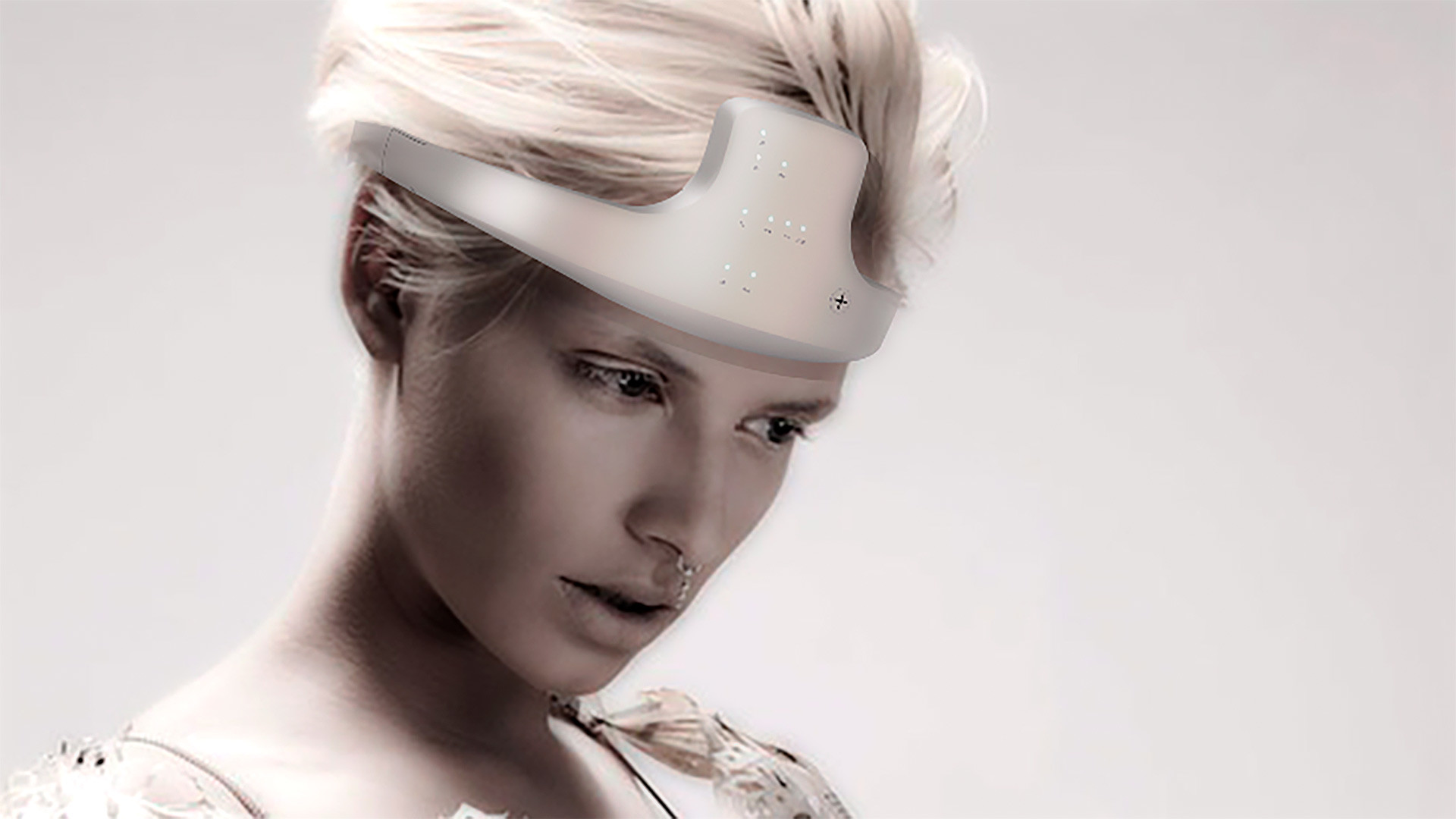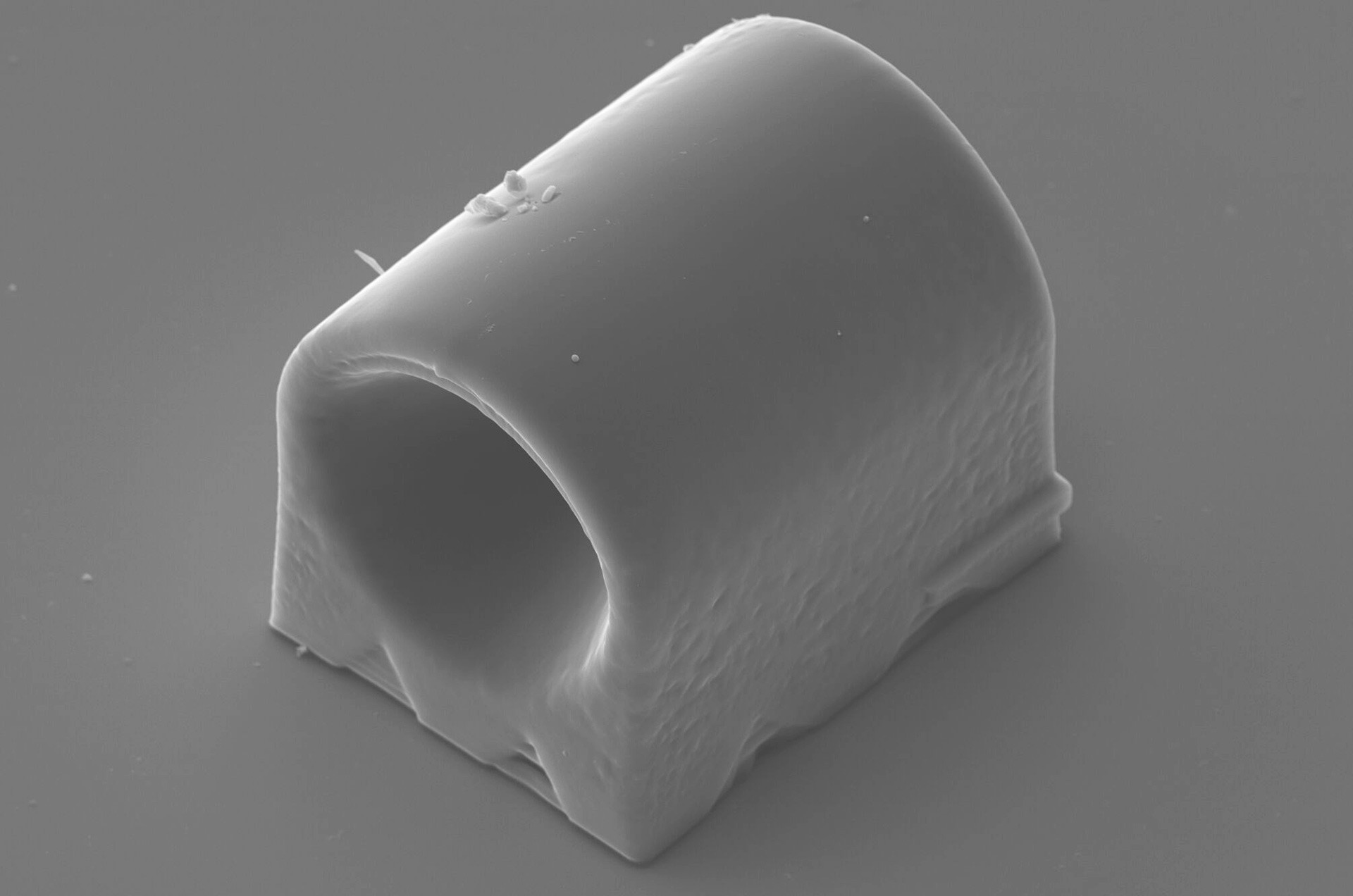How Russia’s ‘Balalaika’ and ‘LIKE’ systems are turning fantasy into reality - the future is coming!
In September 2015, Russia and the world’s mass media turned their attention to “the terrifying cockroach
It was developed by a group of scientists from the Immanuel Kant Baltic Federal University, the principal university in Kaliningrad (1,259 km from Moscow). Today Kaliningrad University consists of a scientific-technological park and is a participant in the Project 5-100 – a state program dedicated to supporting and increasing world competitiveness among Russian universities. Russia Beyond spoke to the scientists about their new developments.
Balalaika
Project investment: 35 million rubles ($605,000)
Team: 10 people
What it is: A portable neuro-interface
This portable neuro-interface (an exchange of data between the brain and a computer during the registration of
“We took the name from the Enclave novel series, written by popular science fiction author Vadim Panov. He wrote about a future in which people carry a personal neuro-interface in the form of an implanted ‘Balalaika’ chip, named so because of its triangular form. It’s only a reference to its ‘invention’,” says leading engineer Danil Borchevkin.
Biosignals are detected in the human head (via an electrode cap), the data is then transferred via

Final prototype of neuro-chat, based on "Balalaika" technologies
BalalaikaprojectMany applications and products can function on the platform base. Danil says the project has equivalents: A multitude of scientific groups is working intensively with machine learning and other artificial intellect technologies. But he adds that first, there are few rival products and second, they are too confusing and inaccessible for developers. “Some of them are just cumbersome medical apparatuses that cost half a million rubles ($8,640) - what can they be used for?”
The Balalaika technology costs $1,000 and today it has been used to develop tech for wheelchair users (the individual can move his wheelchair with the power of thought) and the neuro-chat (the transference of thought into text at any distance).
Synchrotron LIKE
Project investments: 500,000 euros
Team: 15 people
What it is: A scientific educational technological facility, close in its characteristics to
Usually, in order to gain access to the huge, 100-meter diameter synchrotrons (electron accelerators) you must submit a request and wait almost half a year for it to be reviewed. That is why the scientists from the X-ray Optics and Physical Materials Science Laboratory designed and constructed their own facility for stimulating synchrotron reality, the Synchrotron LIKE.
Synchrotron LIKE is placed in a small room and helps effectively conduct

Novel Polymer X-ray lenses developed by Immanuel Kant Baltic Federal University and Moscow State University
X-ray Optics and Physical Materials Science LaboratoryThe laboratory’s junior scientific researcher Petr Ershov remarks that thanks to this development scientists will be able to significantly increase the possibilities not only of X-ray microscopy, but also a multitude of other X-ray methods for materials studies. With these
If using any of Russia Beyond's content, partly or in full, always provide an active hyperlink to the original material.
Subscribe
to our newsletter!
Get the week's best stories straight to your inbox